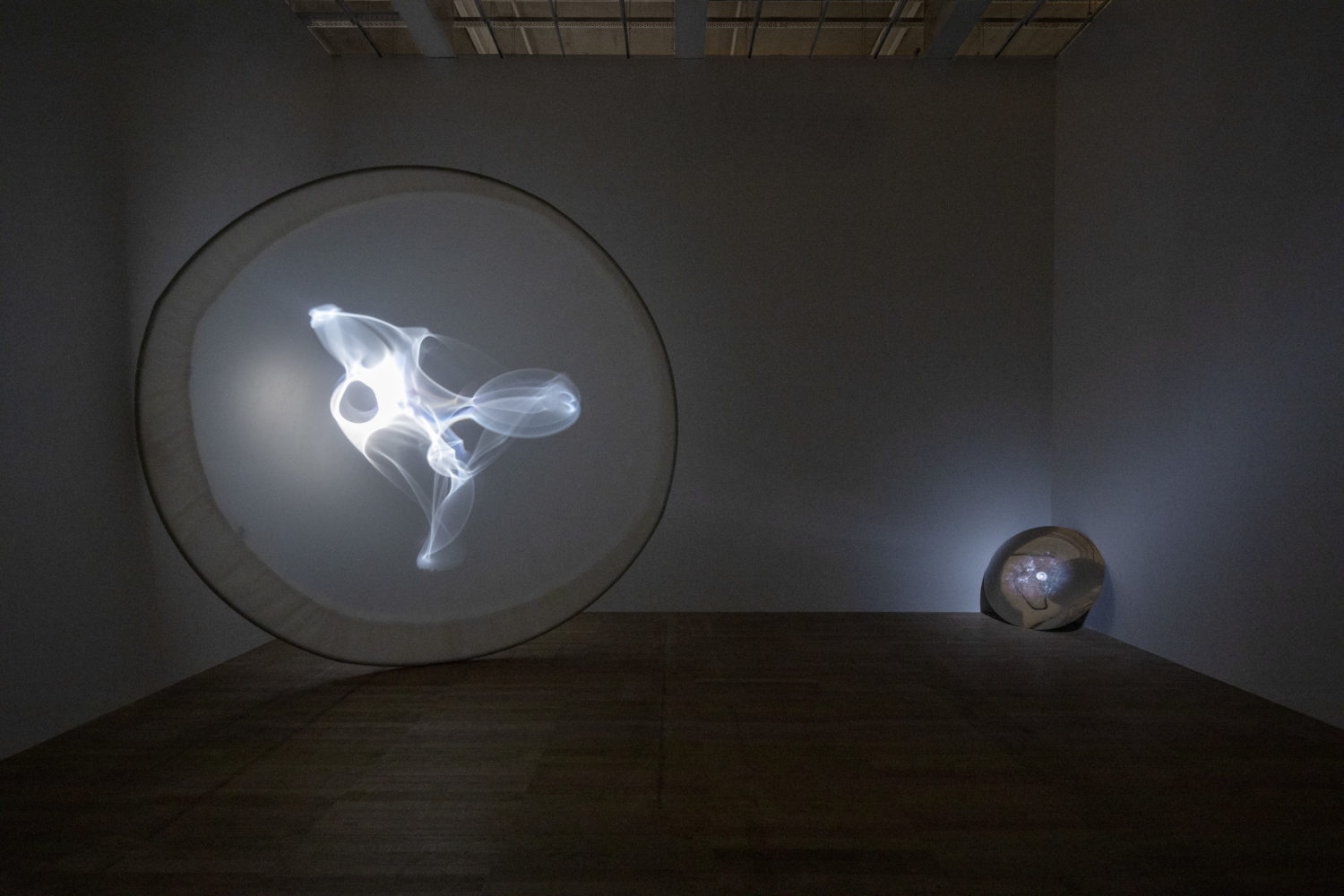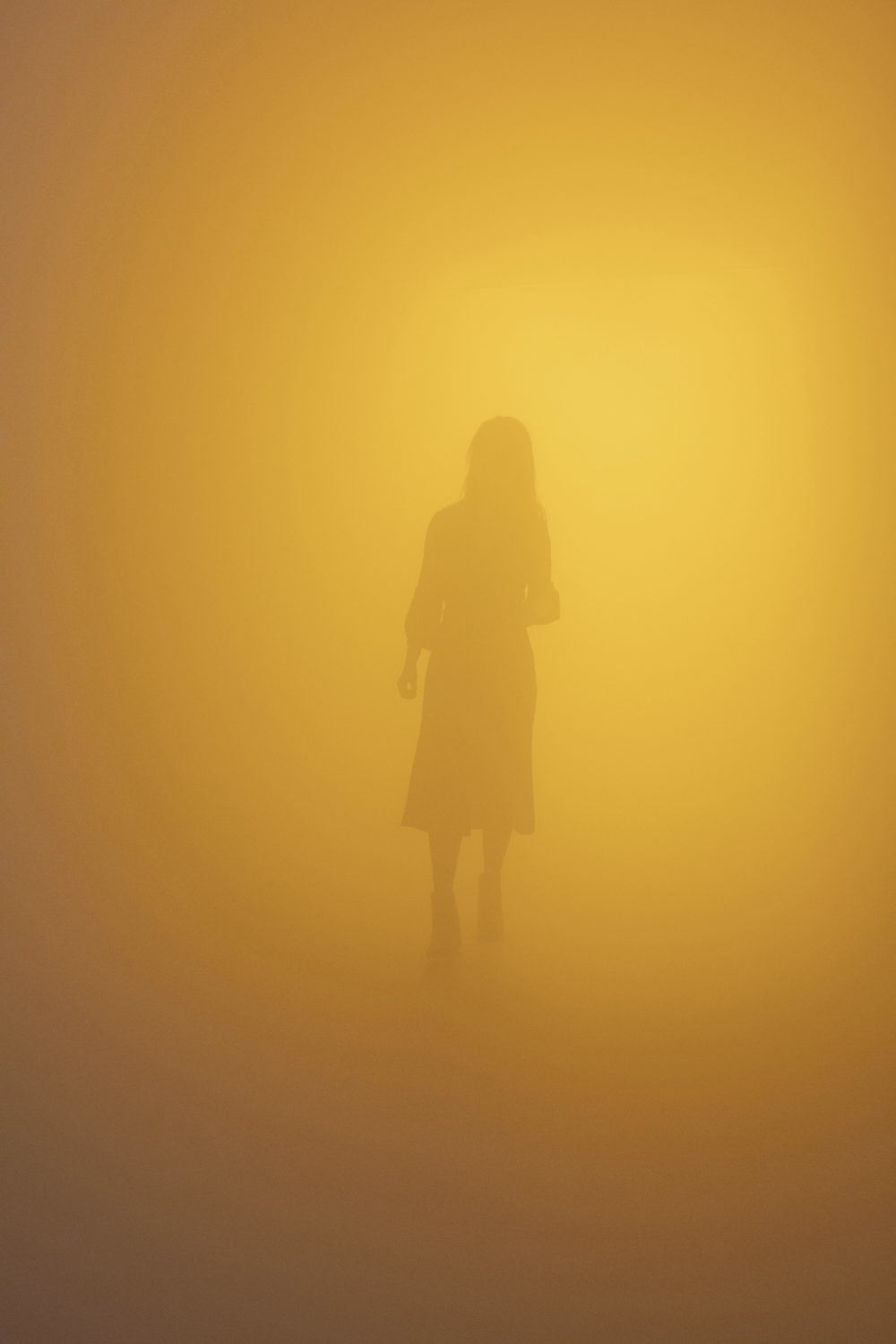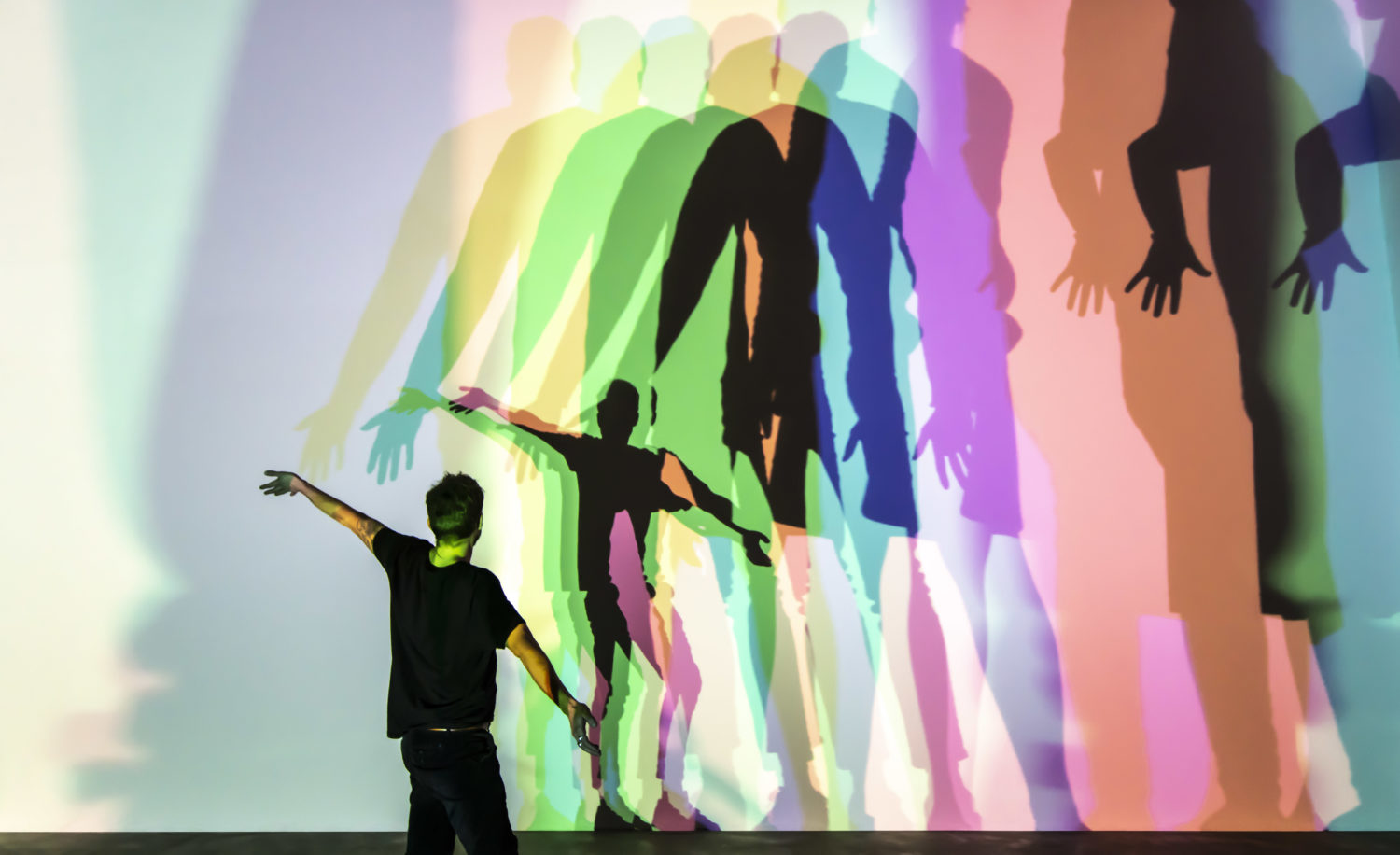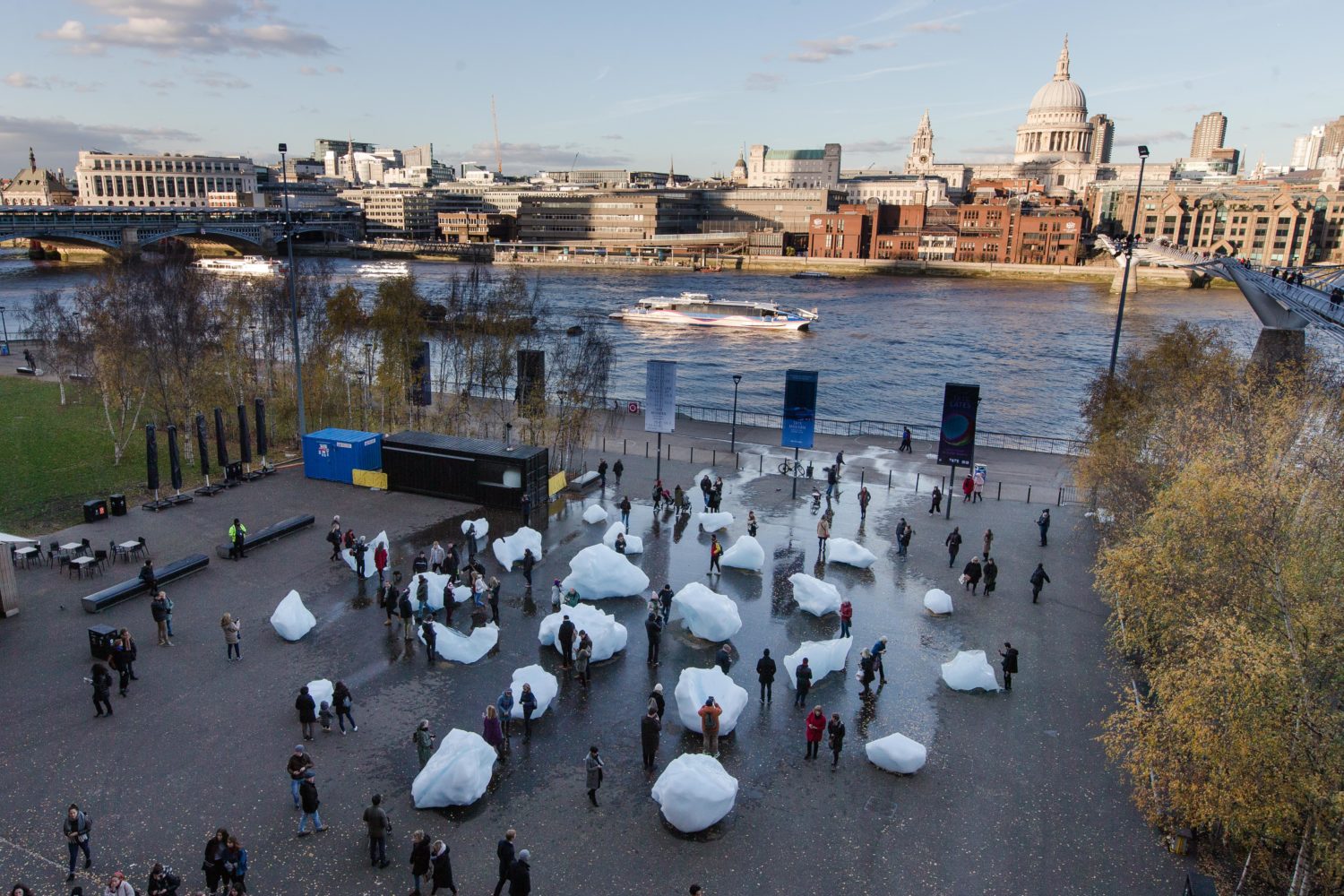Olafur Eliasson Returns To Tate Modern With An Ambitious New Show Shining Light On Climate Change
By Something CuratedOpen from today and running until 5 January 2020, Olafur Eliasson returns to Tate Modern with a major exhibition, following his renowned installation The weather project at the institution back in 2003. In the 16 years since, Eliasson has been celebrated internationally as one of the most stirring artists working today. Bringing together around 40 works spanning three decades, almost all of which have never been seen in this country, including some created especially for the exhibition, Olafur Eliasson: In real life, curated by Tate Senior Curator Mark Godfrey, highlights some of today’s most urgent issues.

Eliasson spent considerable time in Iceland as a child, and natural phenomena such as water, light and mist have been key areas of investigation throughout his career. On the terrace outside Tate Modern, visitors first encounter Waterfall, 2019, a dramatic new installation measuring over 11 metres in height. Inside, viewers are greeted by Moss wall, 1994, a vast plane 20 metres wide entirely covered with Scandinavian reindeer moss; next, Beauty, 1993 unexpectedly conjures the natural phenomenon of a rainbow inside the exhibition; and Din blinde passager (Your blind passenger), 2010, offers a visceral journey through a 39-metre-long corridor full of dense fog.

Thought provoking works in the show address the impact humans have on the environment, including a series of photographs of Iceland’s glaciers taken by the artist in 1999. This will be replaced in the autumn by a new artwork that incorporates the old series alongside photos taken 20 years on, illustrating the changes in the landscape that are happening now.
Eliasson creates works that continually prompt viewers to think about the nature of perception. Many of his installations play with reflections, inversions, after-images and shifting colours, to challenge the way we navigate and perceive our environments. Passing the work, uncertain shadow (colour), 2010, exhibition goers cast unexpected colourful shadows on the wall before them, while the yellow mono-frequency lights used within Room for one colour,1997 reduce viewers’ perception to shades of yellow and black. Later, a selection of the artist’s kaleidoscopic sculptures play with light and space to create optical illusions that encourage visitors to see their environment in new ways.

The retrospective explores geometry as a major theme that continues to characterise Eliasson’s practice today, with many works created using complex interlocking shapes and crystalline structures. A focal point is the extensive Model room, 2003, bringing together around 450 models, prototypes, and geometrical studies of various sizes that record Eliasson’s collaborations with his studio team and, notably, Icelandic artist, mathematician and architect, Einar Thorsteinn.

The show culminates with a space called The Expanded Studio, which explores Eliasson’s engagement with social and environmental issues. This includes projects such as Little Sun, first launched at Tate Modern in 2012, which provides solar-powered lamps and chargers to communities without access to electricity; Green light – An artistic workshop, in which asylum seekers and refugees, together with members of the public, constructed Green light lamps and took part in accompanying educational programmes; and Ice Watch, an installation of glacial ice from Greenland, most recently staged outside Bloomberg’s European headquarters, which aims to increase awareness of the climate emergency.
For the duration of the show, Studio Olafur Eliasson’s kitchen team, SOE Kitchen, has collaborated with Tate Eats on a special menu for Tate Modern’s Terrace Bar. This is based on organic, vegetarian and locally sourced produce that is central to the Studio’s own kitchen in Berlin. Surrounded by artworks and lamps designed by Eliasson, visitors can eat family-style at tables similar to those at the studio.
Olafur Eliasson: In real life at Tate Modern | 11 July 2019 – 5 January 2020
Feature image: Olafur Eliasson, Waterfall, 2019. Courtesy the artist; neugerriemschneider, Berlin; Tanya Bonakdar Gallery, New York / Los Angeles Installation view: Tate Modern, London Photo: Anders Sune Berg © 2019 Olafur Eliasson